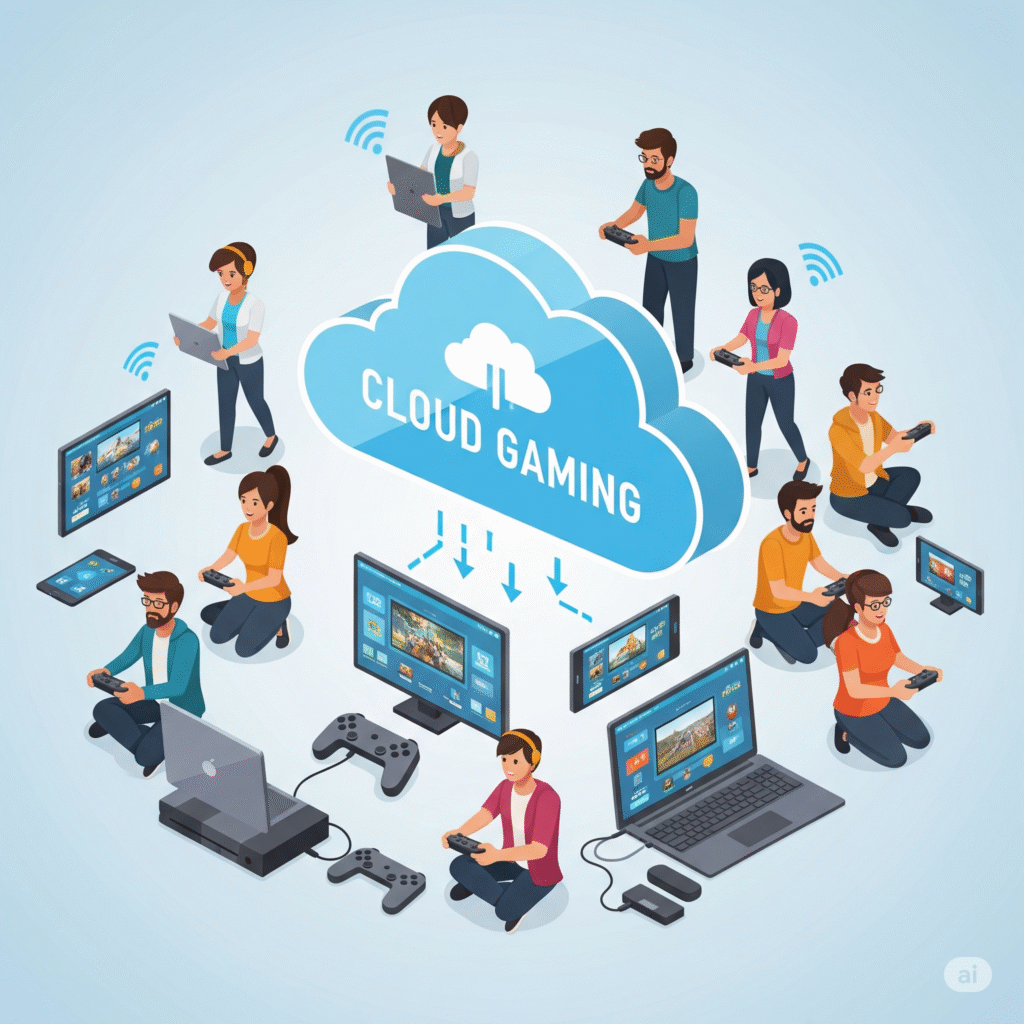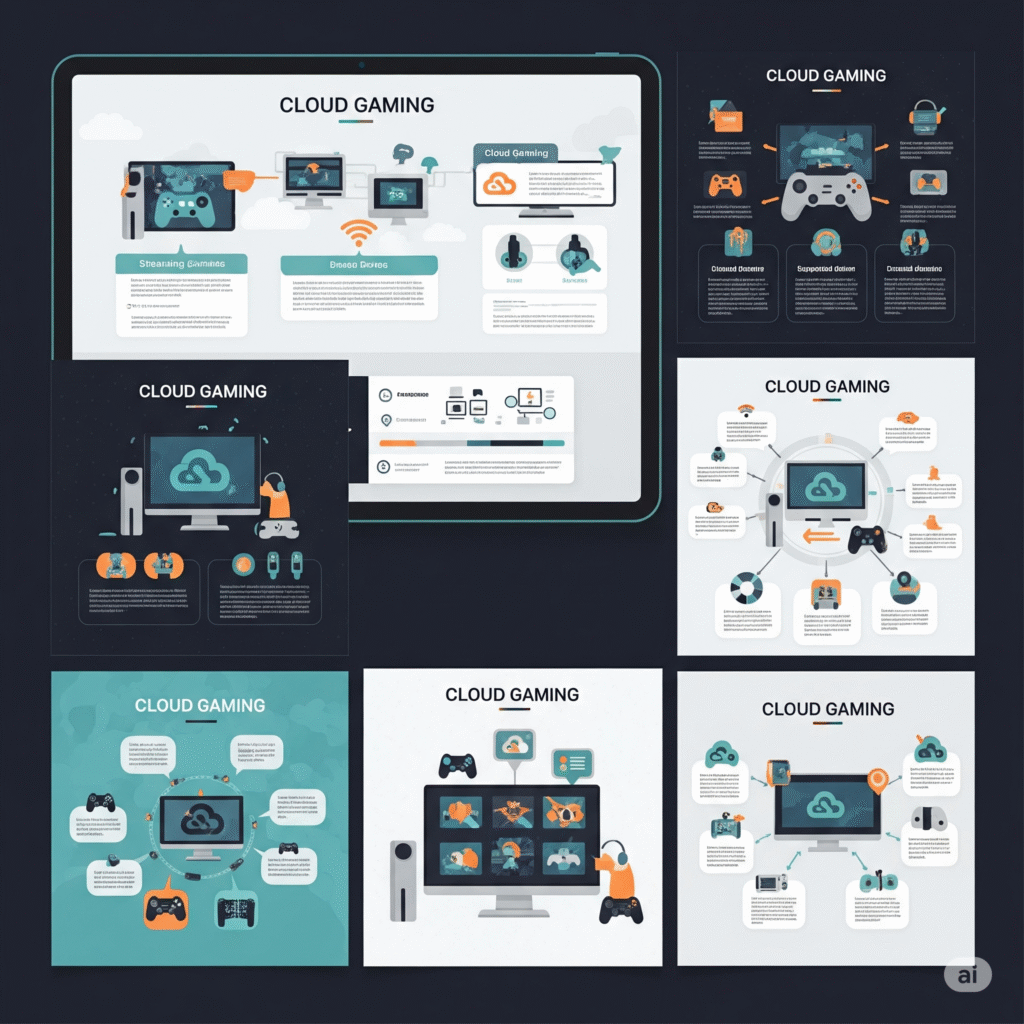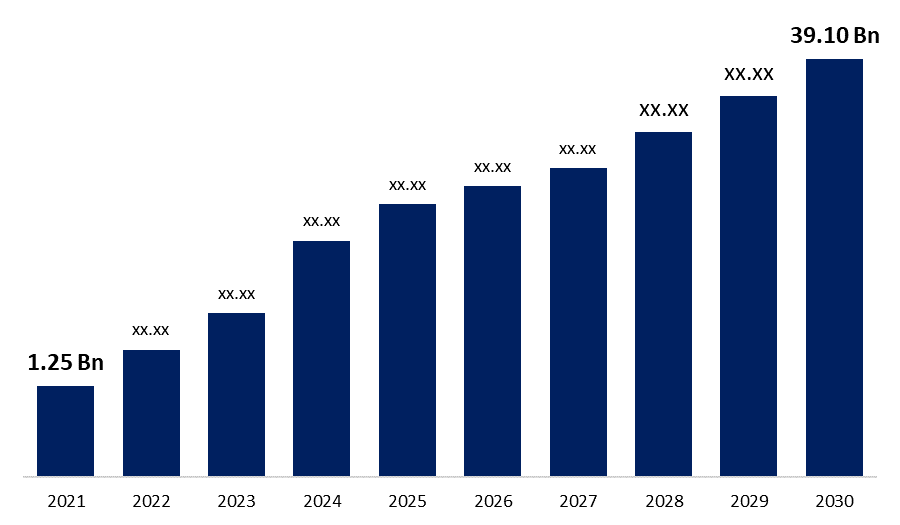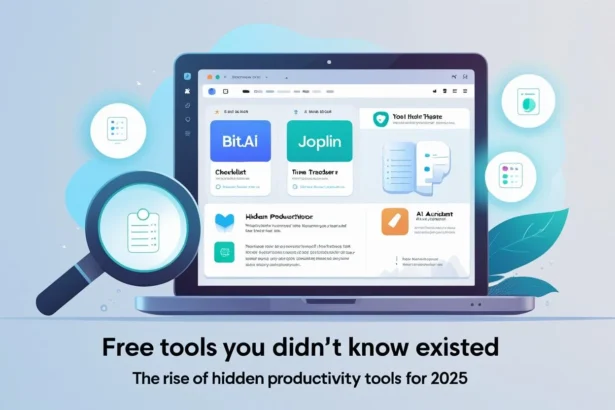Cloud gaming has revolutionized the video game industry by enabling seamless access to high-quality games without the need for expensive hardware. As we advance through 2025, understanding what cloud gaming is, how it functions, and why it is rapidly becoming the future of interactive entertainment is essential for gamers, developers, and industry stakeholders alike. This comprehensive guide explores the technology behind cloud gaming, its benefits, current market trends, and future outlook.

What Is Cloud Gaming? A Clear Definition for 2025
Cloud gaming, also known as game streaming or gaming on demand, is a cutting-edge technology that allows video games to be run on remote servers in the cloud rather than on a user’s local device. The game’s graphics and processing are handled by powerful servers located in data centers, while the gameplay is streamed live to the player’s device over the internet. This eliminates the need for downloading or installing games locally, enabling instant access to a vast library of titles on devices ranging from smartphones and tablets to smart TVs and low-end PCs.
How Does Cloud Gaming Work?
The Technology Behind Game Streaming operates through two primary mechanisms:
- Remote Server Processing: High-performance servers execute all game computations, including rendering graphics and processing game logic.
- Real-Time Streaming and Input Transmission: The server streams the game’s video output to the player’s device, while user inputs (controller, keyboard, mouse) are transmitted back to the server with minimal delay.
This architecture shifts the computational burden from the user’s device to the cloud, allowing gamers to experience graphically intensive games without investing in costly hardware. The experience is similar to streaming video content on platforms like Netflix, but with the added complexity of real-time interactivity and low latency requirements.

Why Is Cloud Gaming Gaining Massive Popularity in 2025?
- Unprecedented Accessibility and Cost-Effectiveness
Cloud gaming dramatically lowers the entry barriers for gaming enthusiasts by removing the necessity for expensive consoles or gaming PCs. In 2025, services such as Xbox Cloud Gaming, NVIDIA GeForce NOW, and Amazon Luna offer subscription-based access to extensive game libraries. This accessibility enables a wider audience to participate in gaming, regardless of their hardware capabilities or financial resources. - Technological Advancements Reducing Latency and Enhancing Performance
Latency has long been a critical challenge for cloud gaming. However, the widespread adoption of 5G networks, edge computing, and faster broadband connections in 2025 has significantly mitigated latency issues. These technological improvements enable near real-time responsiveness, making cloud gaming viable even for fast-paced, competitive titles that demand instant feedback. - Expanding Game Libraries and Cross-Platform Compatibility
Cloud gaming platforms continuously expand their offerings, including AAA titles, indie games, and exclusive content. Moreover, cross-platform cloud gaming has become a standard feature, allowing players on different devices and operating systems to engage in multiplayer sessions seamlessly. This interoperability fosters a more connected and vibrant gaming community. - Integration with Emerging Technologies: AI, VR, and AR
The fusion of cloud gaming with emerging technologies such as artificial intelligence (AI), virtual reality (VR), and augmented reality (AR) is accelerating. Cloud infrastructure enables streaming of immersive VR and AR experiences without requiring expensive hardware on the user end. AI integration facilitates adaptive gameplay and personalized user experiences, pushing the boundaries of interactive entertainment.
The Growing Cloud Market: Trends and Projections for 2025

The global cloud gaming market is projected to reach between $8 billion and $10 billion by the end of 2025, driven by increasing internet penetration, 5G adoption, and consumer demand for flexible gaming solutions. North America, Europe, and Asia-Pacific remain the largest markets, while emerging regions such as Latin America and Africa are poised for rapid growth as digital infrastructure improves.
This shift is expected to impact traditional gaming hardware sales, with a gradual decline in console and high-end PC purchases as consumers prioritize streaming-capable devices. Additionally, cloud gaming is transforming game development and distribution models, enabling faster deployment and broader reach.
Advantages and Challenges of Cloud Gaming in 2025
Advantages:
- Instant Game Access: No downloads or installations required.
- Device Agnostic: Play on smartphones, tablets, smart TVs, and low-end PCs.
- Cost Savings: Eliminates the need for expensive gaming hardware.
- Seamless Updates: Games are updated server-side without user intervention.
- Social and Multiplayer Integration: Cross-platform play enhances community engagement.
Challenges:
- Dependence on Internet Quality: Requires stable, high-speed internet connections.
- Data Usage: Streaming high-definition games can consume significant bandwidth.
- Latency Sensitivity: Despite improvements, some latency persists, affecting certain game genres.
- Content Licensing: Availability of games depends on licensing agreements with publishers.
Why Cloud Gaming Is the Future of Interactive Entertainment in 2025
Cloud gaming in 2025 represents a paradigm shift in the gaming industry, offering unparalleled accessibility, affordability, and convenience. Technological advancements have addressed many of the traditional barriers such as latency and hardware requirements, making cloud gaming a viable alternative to conventional gaming platforms.
With expanding game libraries, cross-platform capabilities, and integration with AI, VR, and AR technologies, cloud gaming is set to become the dominant mode of interactive entertainment worldwide. As infrastructure and services continue to evolve, gamers can expect richer, more immersive, and socially connected experiences powered by the cloud.
Keywords:
What is cloud gaming, Cloud gaming 2025, Cloud gaming technology, Game streaming services, Xbox Cloud Gaming 2025, NVIDIA GeForce NOW updates, Cloud gaming latency improvements, Cross-platform cloud gaming, Cloud gaming market growth 2025, Future of gaming technology, Cloud gaming and 5G, VR and AR cloud gaming integration, Benefits of cloud gaming, Cloud gaming challenges








